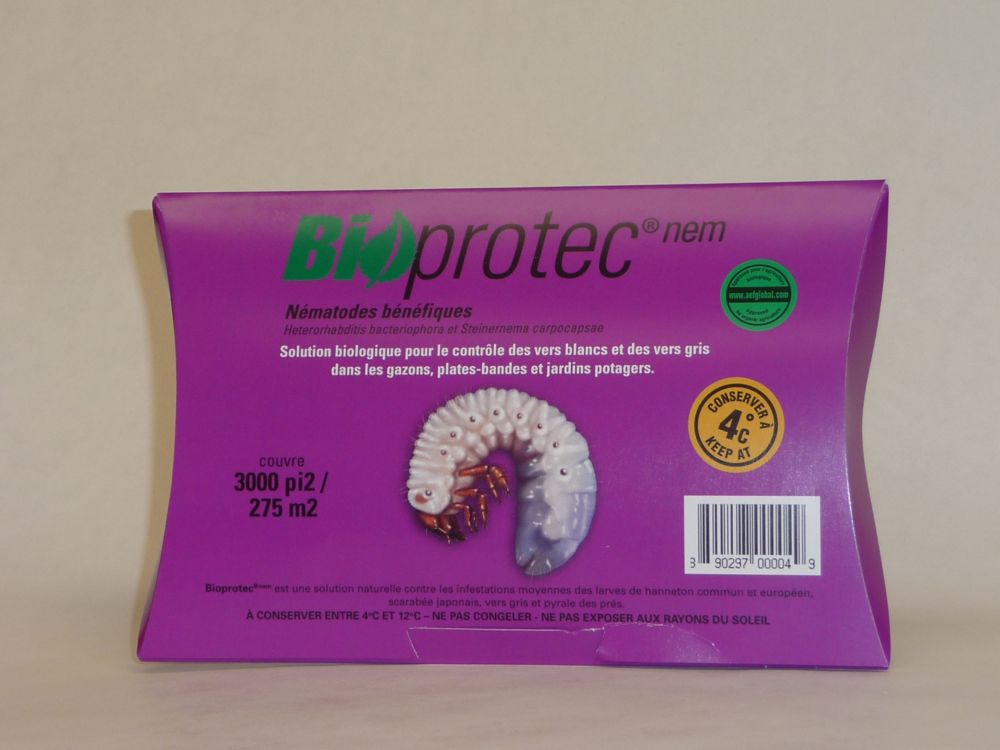

That’s because they can be spotted, striped, or solid, and range from dull to glossy. IdentificationĬutworms (which aren’t truly worms) look a lot like grubs or other varieties of caterpillars, and they are frequently mistaken for them. Mature plants aren’t nearly as prone to damage. These pests do the most damage to young seedlings. The treatments in this guide will address all types of cutworms.Ĭutworms attack a massive range of plants, including grasses, herbs, fruits, vegetables, ornamentals, and weeds.įruits like strawberries, grapes, melons, and tomatoes veggies like corn, beans, squash, cole crops, and leafy greens and annual flowers like violets, carnations, and primroses are all at particular risk. That said, you can find specific treatments aimed at some of the various species, but unless you are growing one main crop and are dealing with just one species, you don’t need to be that focused. If your cutworms hatch in the spring, you can target your treatment for the springtime.īut if they hatch year-round in your area, you’re going to have to take a broader approach. The only thing that really varies is the timing of treatment. They’re all treated the same, for the most part. It doesn’t matter which one (or ones) you’re dealing with.

You might have just one type attacking your garden at a time, or you could have several at once. The most common are the black ( Agrotis ipsilon), bronzed ( Nephelodes minians), dingy ( Feltia jaculifera), glassy ( Apamea devastator), granulate ( Feltia subterranea), spotted ( Xestia dolosa), army ( Euxoa auxiliaris), winter ( Noctua pronuba), red-backed ( Euxoa ochrogaster), cutbacked ( Agrotis gladiaria) and variegated ( Peridroma saucia) cutworms.

There are numerous varieties of cutworms that you can find in the US. They even live in the Arctic! In other words, no garden is safe, unless perhaps you are gardening at the Davis Research Station. These pests exist on every continent on the planet except Antarctica. Armyworms are an equally annoying grub-like pest that you might encounter, and they have a lot in common with cutworms.Ĭutworms got their name because they usually feed by chewing through the stems of young plants, cutting them down at the soil level. By the way, this family is also the one where armyworms come from.


 0 kommentar(er)
0 kommentar(er)
